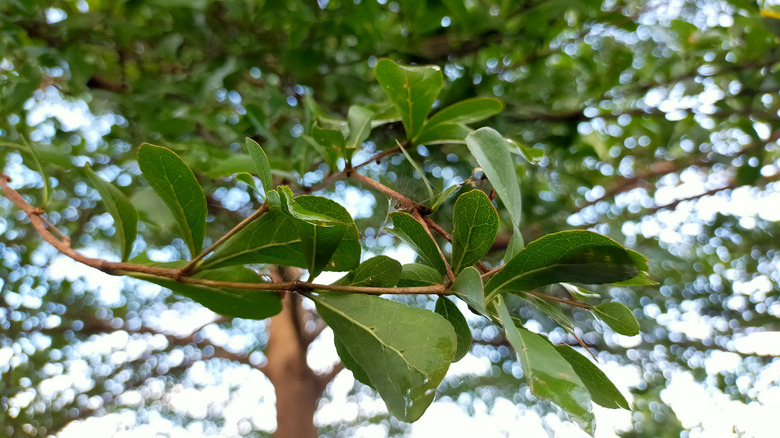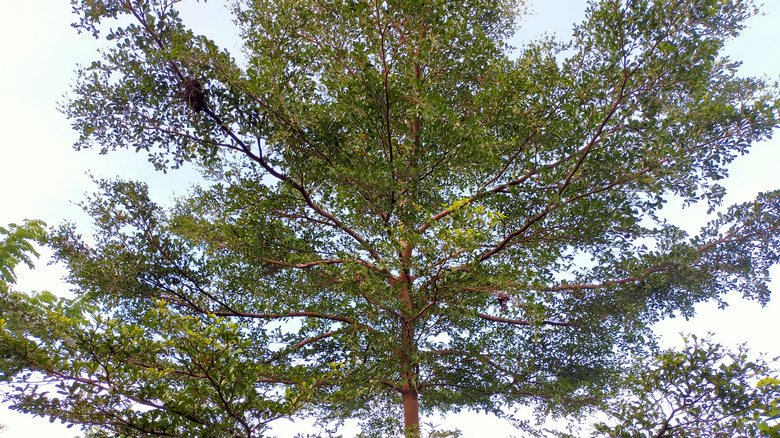Can You Grow Your Very Own Black Olive Tree? Here's What You Should Know
The black olive tree (Bucida buceras, also known as "Terminalia buceras") is a tropical tree native to the Caribbean, Central America, and parts of Florida. It's grown extensively throughout its native range, where it's used to line streets and provide shade. Traditionally, the wood from Bucida buceras was also used by shipbuilders, who valued its robust, close-grained nature.
Despite its name, the Bucida buceras is not an actual olive tree, and you won't be able to harvest or eat the fruit it produces. However, you can grow it for visual interest and shade. How and where you grow this tree depends on your local climatic conditions.
Bucida buceras is an ideal tree to plant in a tropical environment. So, if you live in USDA zone 10 or warmer, plant the black olive tree outdoors. There, it will grace your yard with a smooth, wide trunk that can reach heights of 50 feet, and a vast, towering crown that's often as wide as the tree is tall. Note, however, that its tiny black fruit is packed with tannic acid, which can stain any surface it lands on, including pavers, deck boards, cars, or your home's roof. North of zone 10, you can plant a Bucida buceras in containers and keep it indoors as long as you can recreate its natural habitat inside. Below, we'll explain how to care for the black olive tree, whether you're growing it as a houseplant or in your yard.
Tips for caring for a black olive tree at home
If you've decided to plant a black olive tree out in your yard, consider the immense height and crown of the mature tree as you seek out the spot. Also, make sure there's nothing under the tree that could get stained by its tannin-loaded fruit. Likewise, take Bucida buceras's soil and lighting requirements into account. The black olive tree flourishes when it gets plenty of direct sunlight but can also tolerate partial shade. On the other hand, it's a bit less tolerant with soil — a growing medium with a high alkaline content can lead to chlorosis. For best results, the soil should also contain ample moisture but drain well. Once you've planted the trees, be sure to irrigate them regularly.
With Bucida buceras, container tree gardening can be a challenge since these plants are extremely finicky about lighting and water. For one, they'll need at least six hours of direct light daily, with every bit of the tree's foliage getting some love from the sun's rays. This may be difficult to arrange in higher latitudes during the year's shortest days or if the glazing is somehow obstructed. If you have a sunny window that gives the black olive tree enough daily sunshine, you'll need to ensure that the soil gets fully soaked with water from top to bottom as soon as the surface feels dry to the touch. Likewise, you should add liquid fertilizer to the water every time you irrigate, except for winter, when the tree's growth slows. Since even indoor Bucida buceras can grow quite large and shed leaves often in response to unsatisfactory conditions, you'll need to find ways to keep these indoor potted trees mess-free.

